Alaska residents will receive their Permanent Fund Dividend (PFD) checks again in 2025, with each eligible individual receiving $1,702. This is a distribution of the state’s oil revenues, which has been taking place since 1982.
The PFD is a way to equitably share the benefits from Alaska’s non-renewable natural resources, ensuring that every resident receives a portion of the state’s wealth generated by its vast oil reserves.
Who Is Eligible for the PFD in 2025?
To qualify for the 2025 PFD, you must have met specific eligibility criteria during 2024:
- Residency Requirements: Applicants must have been permanent residents of Alaska and intend to remain in the state indefinitely. Those who were absent for more than 180 days during 2024—except for valid reasons like military service or education—will not be eligible.
- Criminal History: Those convicted of serious crimes or who have been imprisoned for these crimes are ineligible for the PFD.
- Minor Applicants: Minors can receive the PFD if their guardians meet the eligibility requirements.
Applications for the 2025 PFD closed on March 31, 2025, and there are no extensions available. If you missed the deadline, you will need to wait until next year to apply.
How Much Is the PFD for 2025?
In 2025, the PFD will be $1,702 per person, which is a 3.1% increase from the previous year’s amount of $1,650. This increase is based on the average oil revenues of the past five years and reflects the state’s effort to ensure that the dividend keeps pace with inflation and fluctuating oil revenues.
The PFD is calculated using 21% of Alaska’s mineral profits, along with returns from the Permanent Fund, which is managed by the Alaska Permanent Fund Corporation. As of December 2024, the Permanent Fund’s total value reached $73.2 billion.

When Will the PFD Payments Be Distributed?
PFD payments in 2025 will be made on two main dates:
- April 3, 2025: For those whose applications were approved without issues and who chose direct deposit.
- April 24, 2025: For those whose applications required additional reviews or who opted for a physical check.
For those receiving physical checks, delays of up to two weeks are expected due to printing and postal logistics. Direct deposits are prioritized because they are faster, more secure, and cost less for the state.
Can I Still Apply for the PFD Stimulus Check?
Unfortunately, the deadline to apply for the 2025 PFD has passed, and no extensions are available. The application period closed on March 31, 2025. Applicants needed to complete their applications through the PFD Division’s online platform, where they provided identity verification and documentation such as driver’s licenses or Social Security numbers.
In 2025, the state implemented a new biometric authentication module to reduce fraud. However, no major incidents were reported. If you missed the deadline, you will have to wait for the next cycle.
Can I Use the PFD Funds Freely?
While there are no direct restrictions on how you can spend your PFD, there are a few things to consider:
- Federal Taxation: The IRS treats the PFD as federal taxable income, which means you must report it on Schedule 1 (Form 1040), line 8g of your tax return.
- Garnishments: The PFD may be garnished for debts such as child support, federal student loans, or state fines. Up to 15% of your PFD could be withheld for these purposes.
- Pick.Click.Give: Through the Pick.Click.Give program, you can choose to donate a portion of your PFD to Alaska-based charities before receiving it.
Illegal Activities: The PFD cannot be used for illegal purposes. Any misuse, such as in money laundering, can lead to penalties, including permanent disqualification from receiving future dividends. From 2020 to 2024, 47 money laundering cases were linked to the benefit.
How Does the SSA Handle Fraud?
The PFD Division conducts random audits of applications to detect potential fraud, especially with long-term residency claims. If your application is flagged, you have 30 business days to provide documentation (like rental contracts or medical records) to prove your eligibility. In 2024, over 1,200 applications were rejected due to documentary inconsistencies.




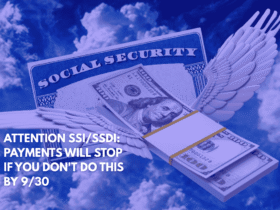
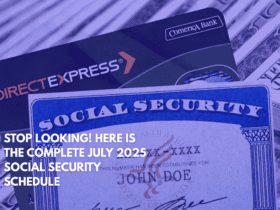
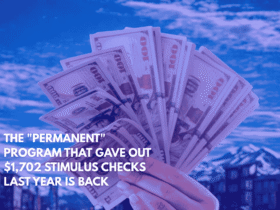

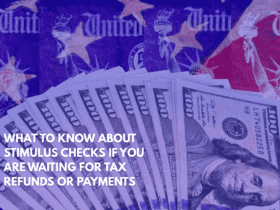
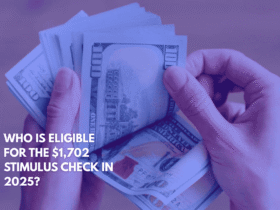
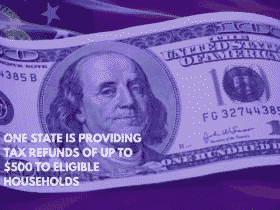
Leave a Reply